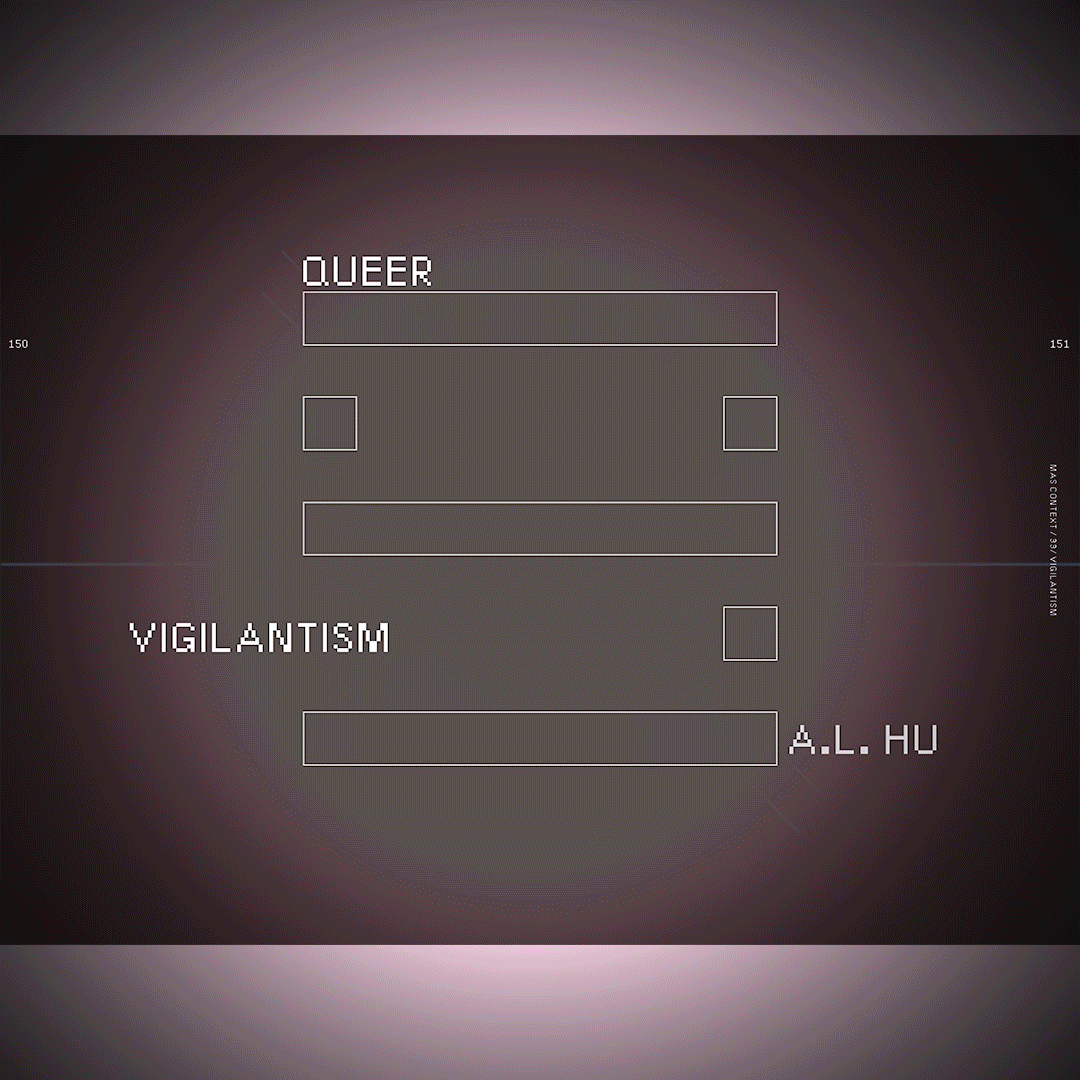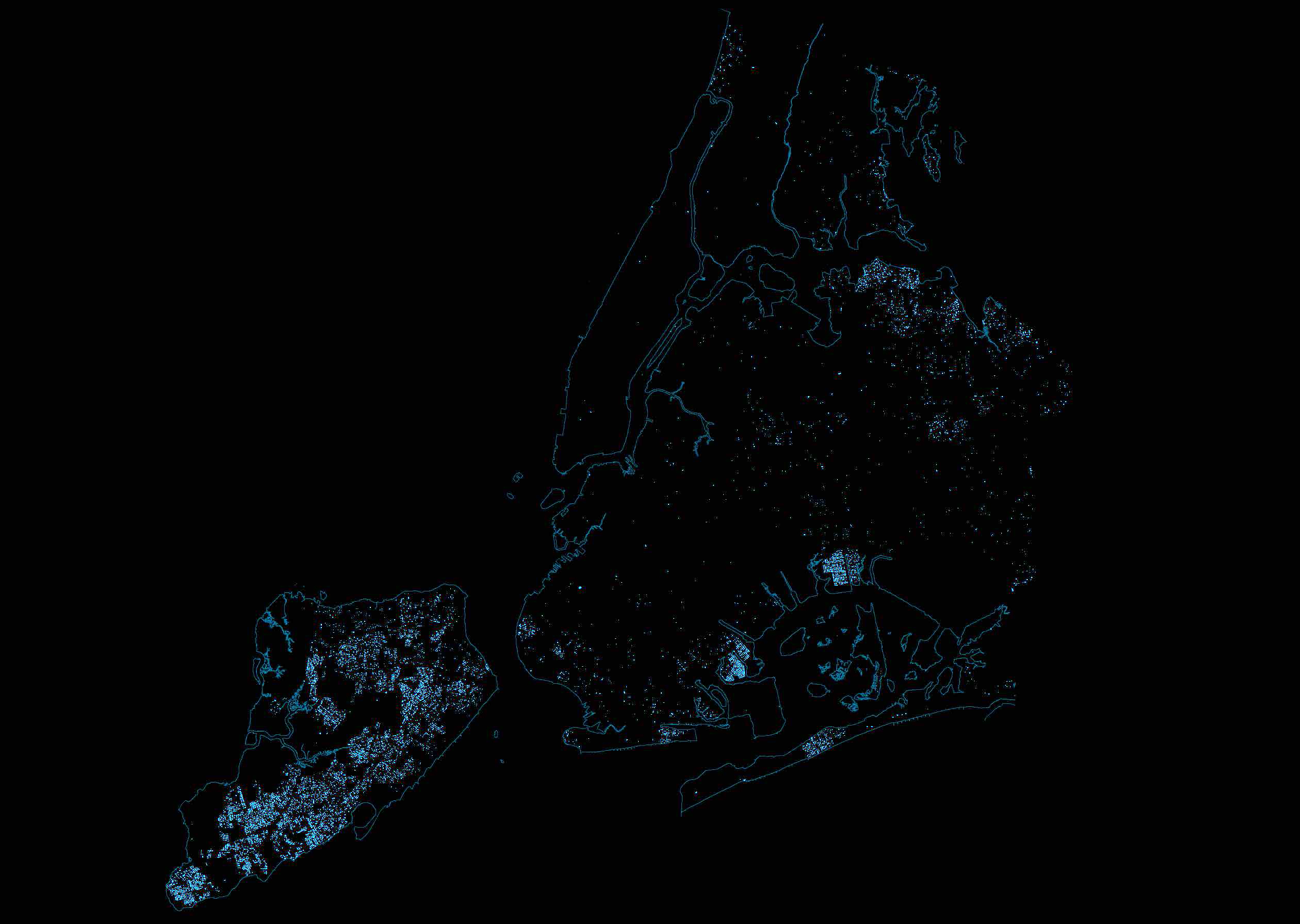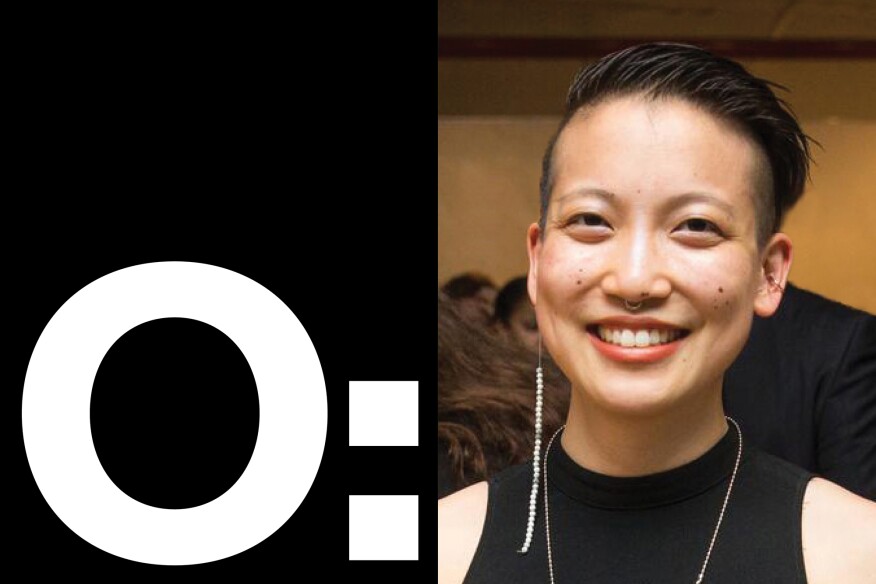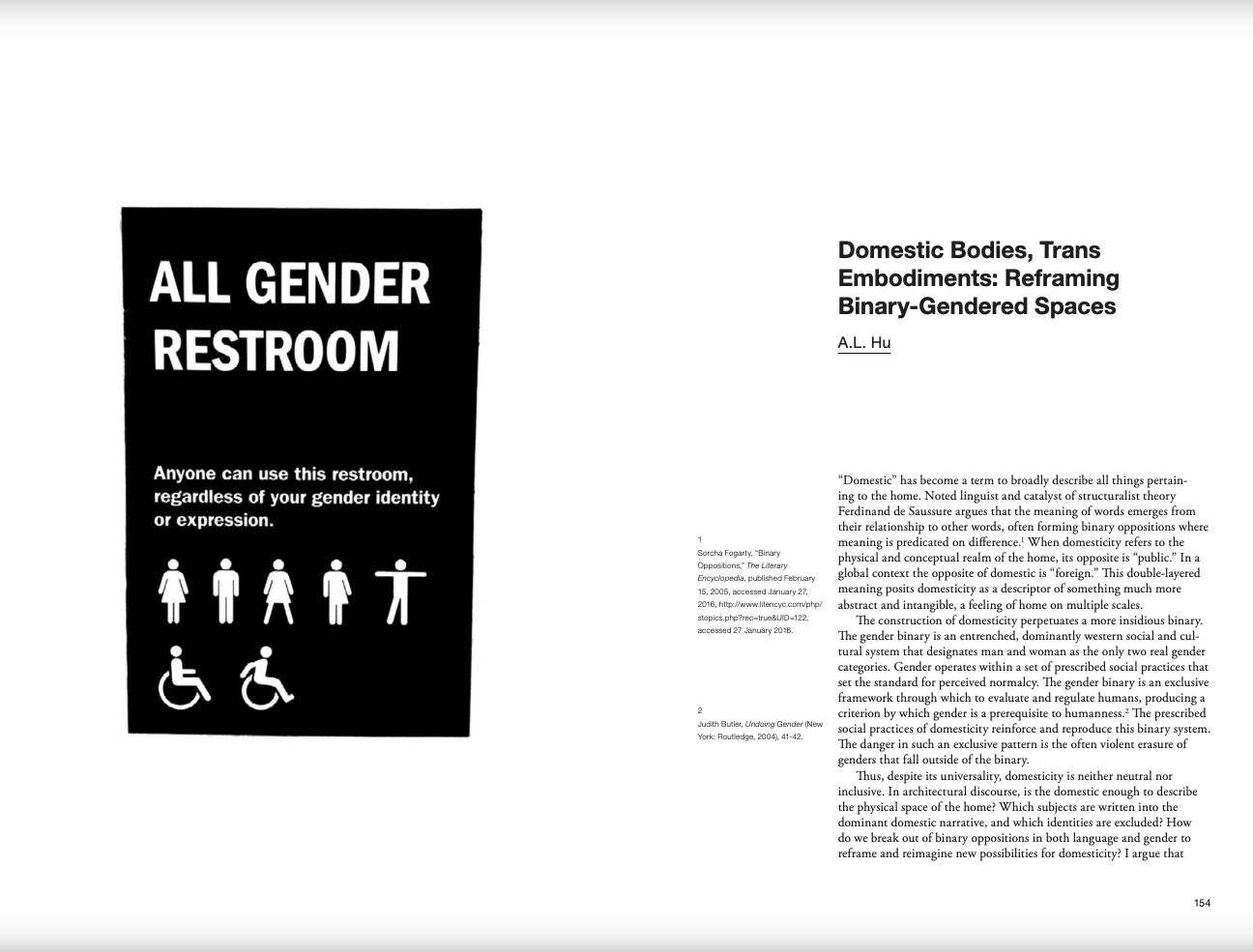ALL WRITING IS MEANT TO BE PERSUASIVE
Student/Teacher
Queering Architecture: Methods, Practices, Spaces, Pedagogies
Edited by Marko Jobst and Naomi Stead
Bloomsbury, 2023
Link to purchase
A.L. is working on writing the description for this work... until this gets updated, please enjoy the glitch on the left.
From the publisher: “Featuring contributions from a range of significant voices in the field, this volume renews the conversation around what it means to speak of the 'queer' in the context of architecture, and offers a fresh take on the methodological and epistemological challenges this poses to the discipline of architectural theory.”

Queer Vigilantism
MAS CONTEXT Issue 33, 2021
Iker Gil, Editor in Chief
Guest Editors: Germane Barnes and Shawhin Roudbari
But queer people are not merely victims. To draw vigilantism away from its violent connotations and reclaim its connection to justice, I argue for a “queer vigilantism” that destabilizes notions of gender norms, expands the meaning of community, and transforms public spaces into safer spaces. What becomes of a vigilante who questions the types of laws they uphold, the methods that they use, the community they are impacting?

Withdrawn Waters
Urban Omnibus, August 11, 2021
Essay and graphics with Nicolas Kemper and Karolina Czeczek
Spurred by architect Karolina Czeczek’s recent explorations of the infrastructural and social undercurrents of the city’s shared swim spots, our friends at the New York Review of Architecture posed the question: Why does New York no longer build public pools? Nicolas Kemper and A.L. Hu expand on this inquiry below, tracing the increasing prevalence of city pools as private property. Behind this shift lie changing attitudes toward sharing in public life and public goods, in a metropolis of both legendary luxuries and staggering inequities.
Why Does New York No Longer Build Public Pools?
New York Review of Architecture 21, June & July 2021
Essay and graphics with Nicolas Kemper and Karolina Czeczek

Go With the Flow
New York Review of Architecture 4, September 2019
Guest Editor: Rosana Elkhatib

You Might Think You Know Me
Op-ed for Architect Magazine, 2018
Only after we’ve let go of the gender binary can we begin to come to terms with the underlying, rotting ideologies of inequality—sexism, misogyny, racism, and classism, to name a few—that have been normalized in offices and studios for far too long.

First Generation, Non-Binary, And Just Enough The Way I Am
The Establishment, April 4, 2016
I am a non-binary person. My gender does not fall within the bounds of the male-female binary. I am also a first-generation Asian-American. I wrote this to add to the many stories out there of trans-embodiment.
Domestic Bodies, Trans Embodiments
LUNCH 11, the graduate student-led journal of School of Architecture at the University of Virginia, 2016
...despite its universality, domesticity is neither neutral nor inclusive. In architectural discourse, is the domestic enough to describe the physical space of the home? Which subjects were written into the dominant domestic narrative, and which identities are excluded? How do we break out of binary oppositions in both language and gender to reframe and reimagine new possibilities for domesticity?
